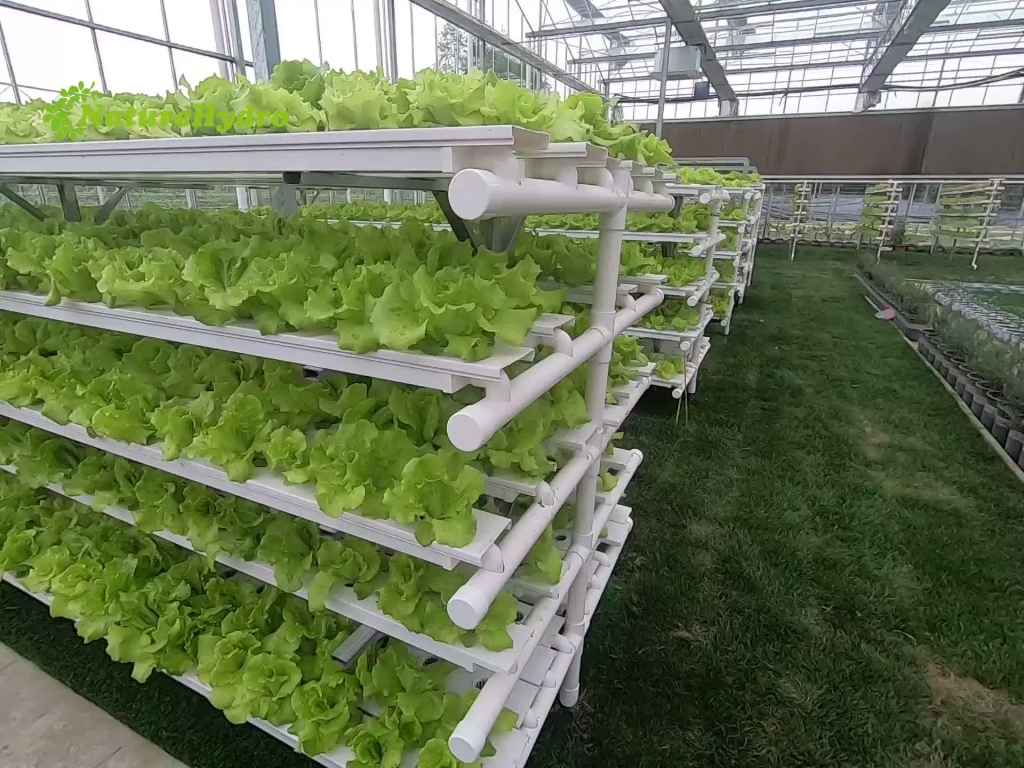1. Vertical hydroponics systems: Vertical hydroponics is a space-saving technique that allows plants to grow upwards instead of outwards. This method maximizes the use of limited space, making it ideal for rural areas with smaller land availability. By utilizing stacked trays or towers, vertical hydroponic systems can accommodate a larger number of plants while still providing adequate light and nutrients.
2. Nutrient film technique (NFT) hydroponics: NFT hydroponics involves a constant flow of nutrient-rich water over the plant roots in a thin film, allowing for efficient absorption and optimal plant growth. This method is suitable for small-scale setups as it requires minimal equipment and water usage.
3. Deep water culture (DWC) hydroponics: DWC involves suspending plant roots directly into nutrient-rich water, allowing them to absorb nutrients continuously. It is an easy-to-implement system that works well in rural areas where access to clean water may be limited.
4. Aeroponics in small-scale hydroponic setups: Aeroponics involves growing plants without soil or any growing medium by misting their roots with a nutrient solution suspended in the air. This technique minimizes water usage and allows for faster growth rates compared to traditional methods.
5. Hydroponic fodder production for livestock: Hydroponic fodder production provides an efficient way to grow nutritious feed for livestock using minimal resources such as water and land area. By sprouting grains or seeds in a controlled environment, farmers can provide fresh greens year-round, ensuring their animals receive essential nutrients.
6. Hydroponic strawberry cultivation in rural areas: Strawberries thrive in hydroponic systems due to their shallow root system and high demand among consumers. With proper planning and care, strawberries can be grown successfully in rural areas using vertical towers or NFT systems.
7. Aquaponics integration with hydroponic systems: Aquaponics combines fish farming (aquaculture) and hydroponics, creating a symbiotic relationship between the plants and fish. The fish waste provides nutrients for the plants, while the plants filter and purify the water for the fish. This integrated system is ideal for rural areas where both plant and animal production can be optimized.
8. Using solar power for off-grid hydroponics: Rural areas often face challenges with electricity supply, making off-grid solutions necessary. By harnessing solar power, farmers can run their hydroponic systems efficiently without relying on traditional energy sources. Solar panels can provide energy to power pumps, lights, and other equipment required for hydroponic setups.
These various topics showcase different aspects of rural hydroponics systems that can benefit homesteaders or those living in remote locations. From innovative techniques to sustainable practices, these methods offer opportunities to grow fresh produce efficiently while overcoming challenges associated with traditional farming methods in rural areas.


Leave a comment